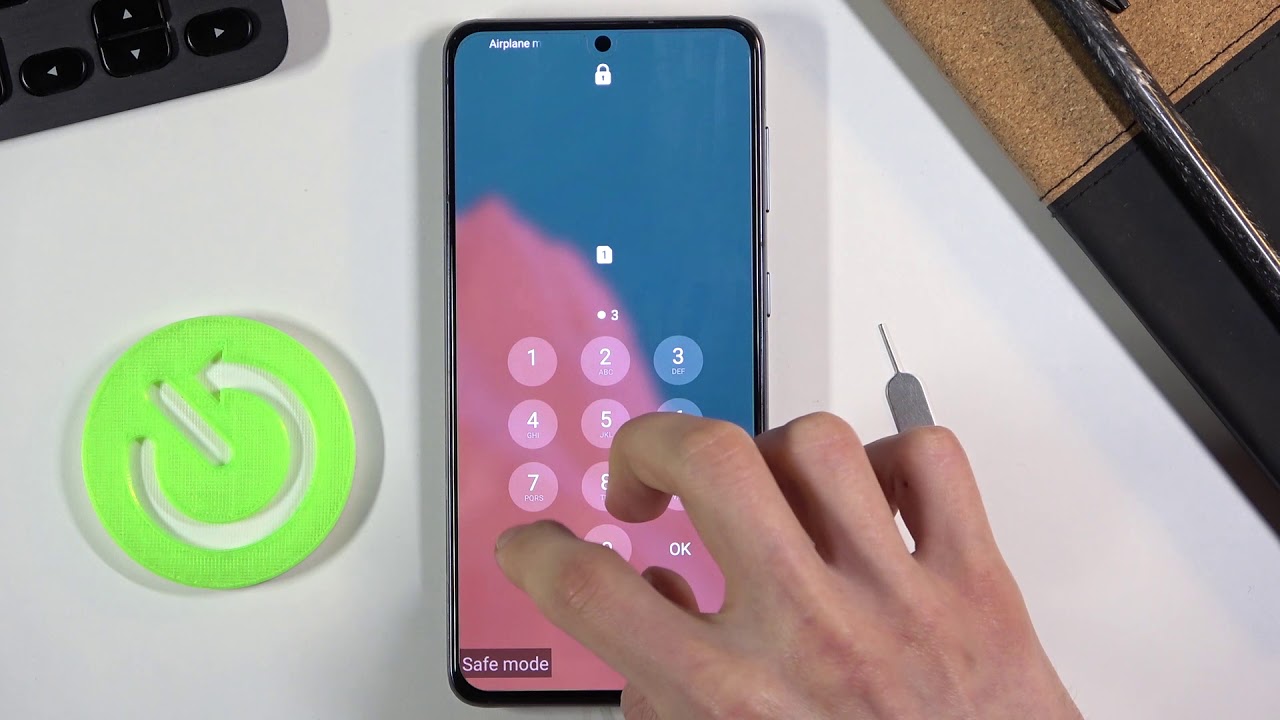Google hopes to increase the speed in which OTA updates get pushed to Android devices with Android O in the form of Project Treble.
Over the years, Google has started many projects that have slowly been implemented into the Android OS. Back in Android 4.1 Jelly Bean, Google’s Project Butter was their attempt at making the operating system feel buttery smooth. Then in Android 4.4 KitKat Google announced that Project Svelte would cut the fat that Android had amassed so it could run better on lower-spec’d hardware.
Then in Android 5.0 Lollipop Google said Project Volta would help to increase battery life (which was enhanced in Android 6.0 with Doze).
Late last week, Google made a new announcement for a change that will happen with Android 8.0. This is being called Project Treble, and the goal here is to tackle the problem of Android OTA updates taking so long to arrive on people’s devices. Not only that, but it could also allow OEMs to actually support their devices with new OTA updates even when the SoC maker has decided to no longer work on their aging hardware (which is what stops a lot of devices from receiving new updates).

The entire process of our smartphones and tablets receiving a new OTA update is actually quite complicated so Google offered up this flow chart to give you an idea about how it works. So a new update starts when Google releases the AOSP code to the world. This code then needs to be sent to SoC makers (like Qualcomm) so they can add their own specific code to the project. From here, it goes to smartphone OEMs (like Samsung and LG) and this is where they put on their OEMs skin and add in their own features.
This is also where the OEM will add in specific code that wireless carriers require to be put in place. Then, the update gets sent to the wireless carrier (in most cases) and then it has to go through a series of tests so the carrier knows the software works and won’t break someone’s phone or tablet. then when the carrier is read, they push out the OTA update to their customers in stages and that is finally when the update lands on your device.

So as you can see, there are a lot of steps here and in Project Treble’s entire goal is to eliminate step 2 from the equation. Project Treble will create what will be called a vendor interface that will be completely separate from the Android OS framework. This means that even though a new OTA update is going out, the vendor (Qualcomm in this case) doesn’t have to touch the code anymore since they have already done their work.
Now, this means that we still have a lot of other steps to go through, and that means there are still areas that will slow down the amount of time it takes for a new OTA update to arrive on your smartphone or tablet. But eliminating this step should go a long way to reducing the amount of time an update needs to be worked on before it can be pushed to our devices. It’s unclear exactly how much time this will shave off the process, but I do like to see Google taking these steps to eliminate a friction point.





